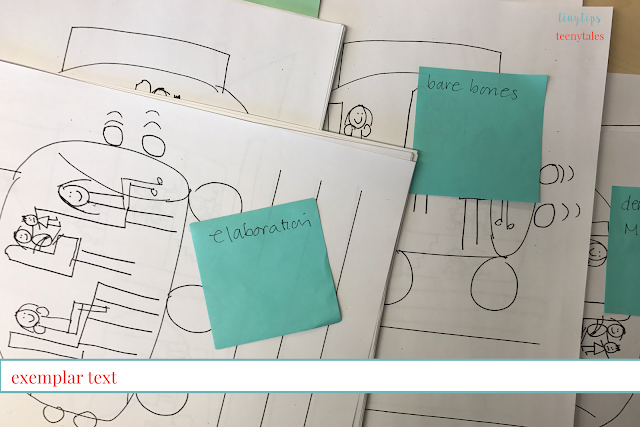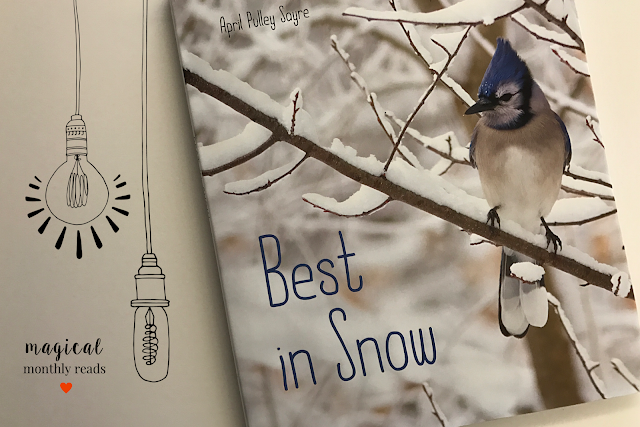making exemplar text
tiny tips when creating exemplar text:
- refer to the checklist from the units being taught
- look at student writing and exemplars in the pathways book
- work as a team to create examples attending to structure and development
- create examples that are similar to your students' work

tiny tip: make one story with pictures and PHOTO copy it five times. if you look closely below you will notice that i kept making the picture over and over again.
here is an example we created focusing on kindergarten
how can i use these exemplar stories in my classroom?
INQUIRY
- pose questions and work together with students
- for example if you have a child who is creating a bare bone book you could use the demonstration or student sample to show them how to add words or labels to lift the level of their writing.
- if you have children that need support with elaboration show them how you went back to the ghosting book and added more details using the green pen
- put a plastic sleeve over a page of the exemplar story and let students give it a try
- leave an artifact of what you taught
jessica & laura & melissa









































